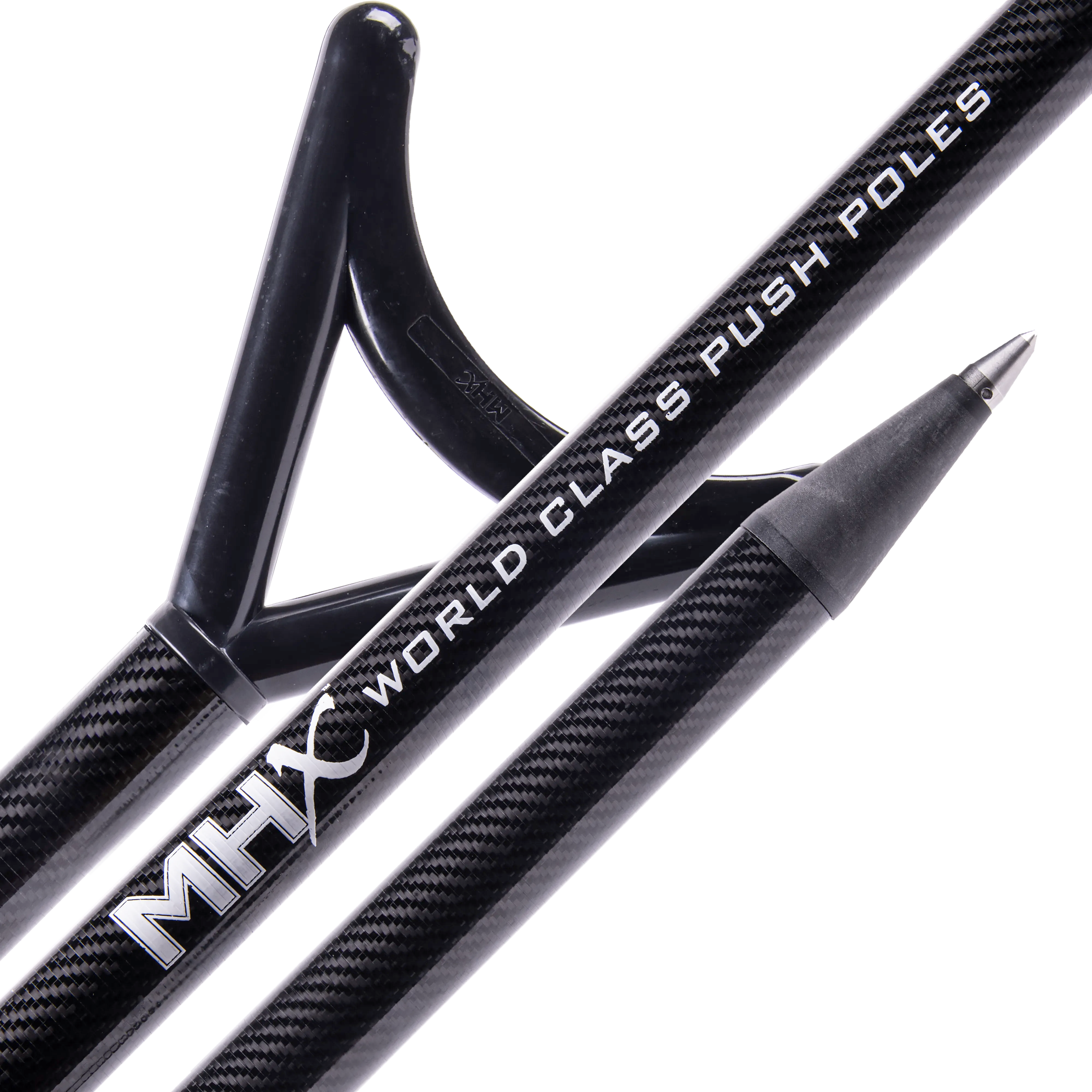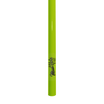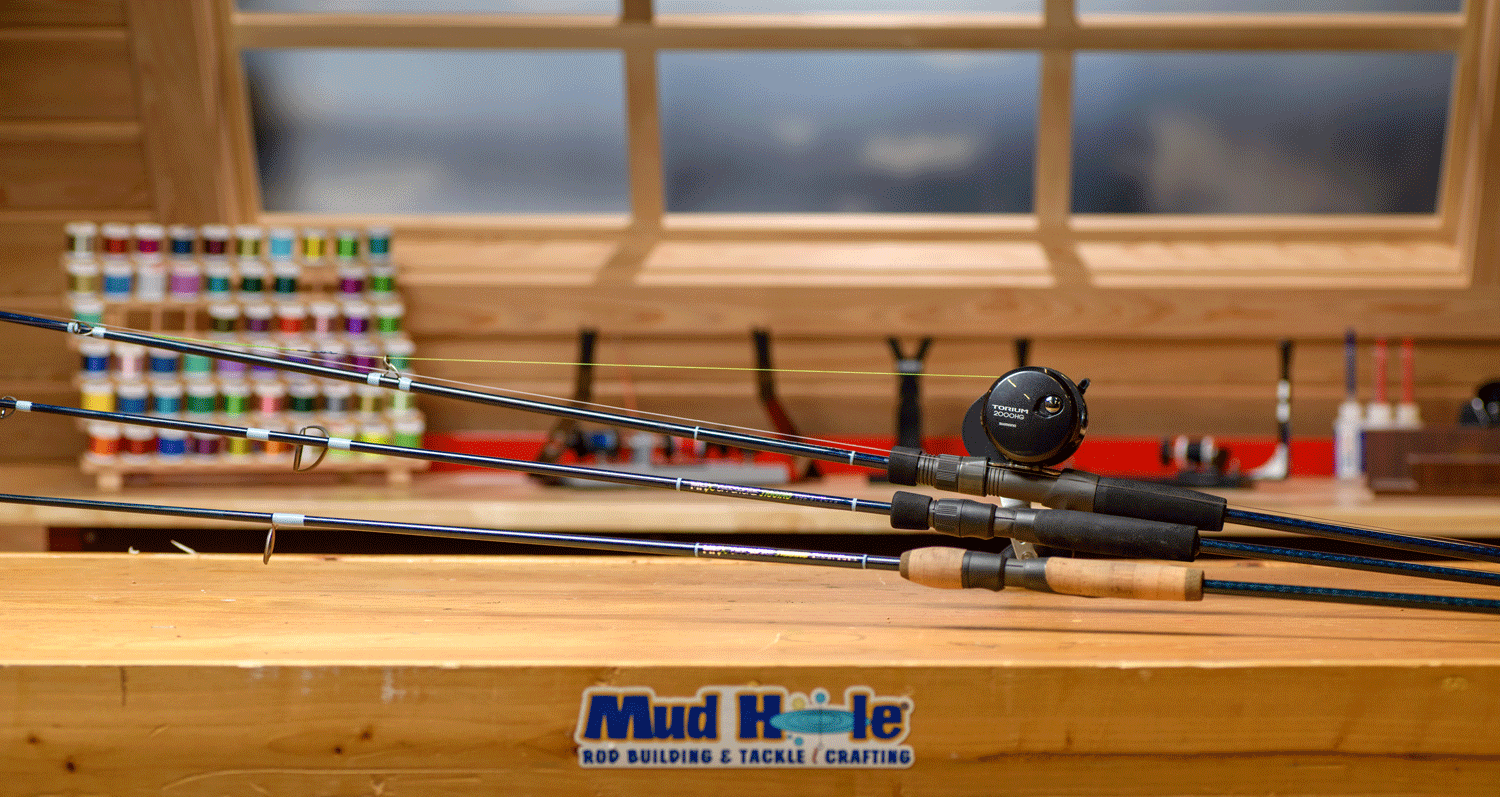We have all heard "necessity is the mother of invention” and anglers know this all too well.
This is precisely how Slow Pitch Jigging was invented. Rumor has it, an angler by the name of Nirohiro Sato left his jigging rod in a rod holder, with his jig at rest on the bottom. The seas were at a moderate roll that day and upon his return to his rod he was hooked up. Evidently, the natural pitch and roll of the boat imparted a specific action on the jig that resulted in a strike.
At this time anglers were familiar with “speed jigging”, which proved effective on pelagic fish but catching a demersal fish on iron was new. Slow pitch jigging began to take shape.
The initial pioneers had to design specific rods that would allow anglers to impart a very specific action on the jig to get non-feeding fish to bite. The key being non-feeding. The anglers in Japan were consistently targeting heavily pressured fish that would even snub live bait.
What is a Slow Pitch Rod
Most slow pitch rods will look out of place to anglers. Not because of the length, as most will be between 6’3” and 7’3” but it is the way the rod is laid out that will catch someone’s eye.

Beginning with the blank, they are designed specifically around the action. We like to call it a recoil style action. It differs greatly from your typical rod blank. Slow Pitch blanks are thin outer diameter with thick inner walls for strength. MHX uses a mix of high grade Toray Graphite but with a Nano Resin that gives the blank that unique, fish catching action.
The blank diameters look more like a crappie rod rather than an offshore rod. Featuring handle lengths around 17” to 20”, split grips, and spiral wrapped guides, it is an understatement to say these are unique.
The good news, a slow pitch rod is a custom rod builders dream. If the rod is going to do all the work to get you the bite, we want it to be a finely tuned instrument. This is a very active type of fishing and having a rod that fits the angler and is comfortable to fish is one of the most overlooked parts of fishing.

The handle section features a split grip to allow the angler to rest the exposed blank section along their forearm while lifting and pitching the jig. Once a fish eats, that handle section will be tucked under the angler’s arm to fight the fish. The traditional lifting and reeling down to fight a fish does not apply here. The angler is fighting the fish off the reel. During the fight the rod becomes a shock absorber since drag settings typically range between 10-15lb.
Remember the rod is specifically designed to get the bite, not built for the fight.
If you are building a conventional setup, you will likely be choosing a tall, narrow spooled round reel or even an oversized low-profile reel. Some will also choose a spinning setup based on the fish they are targeting but in most instances the torque that a conventional reel can produce is what makes it the preferred setup.
When choosing guides some of this might surprise you. If building a spinning setup, your guides and spacing will resemble a typical inshore rod. Nothing out of the ordinary. You are not casting these jigs but merely dropping them vertically. Spinning setups are great when fishing for pelagics like tuna plus they offer new slow pitch anglers the comfort of fishing a familiar setup in a new technique.

As with any technique, small niche segments emerge. With Slow Pitch there is a growing trend of Micro Jigging. We often speak about offshore fishing when slow pitching, but what if you are on a shallow reef, or around rock piles inshore or even in a freshwater lake, this is where micro jigging shines. The jigs are not only lighter, around 20-50grams but also smaller. Species like snook and yellowtail snapper or lake trout and walleye can all be fooled with the micro slow pitch.
Here is one of our favorite micro slow pitch blanks.
If choosing to go conventional, a spiral wrap is in order. The guide set will be similar to a heavy freshwater rod, no need or oversized or guides you might see on an offshore rod. We want these to remain light, sensitive and impart the proper action on our jig.
We can argue about guides and sizes but one thing all slow pitch anglers agree on, is the spiral wrap. With the constant lifting and pitching, the flex in the rod is significant. The struggle to setup guides to keep the line off the blank would be virtually impossible with a traditional guide setup. So, spiral wrap it is.

We have a great Mud Hole Live Episode explaining Spiral Wraps. Watch here.
Not too much changes in guide sizing but you do need to take into account which reel you will be using. The difference between a tall round reel and the low-profile reel will require different stripper guides. As for the running guides, go as small as you can. Many of our builders run size 6 double or single footers as they fish 20-30lb braid and tie their fluorocarbon leader with a very slim knot like the PR Knot.
Here is one of our favorite Slow Pitch blank built conventional with spiral wrap.

Choosing Your Equipment
One of the most common questions in slow pitch jigging is, “what size jig and rod do I need?”. The simple answer is, match the weight of the jig (grams) to the lure rating on the rod (grams) to the depth of water you will be fishing (feet). Granted, there will be variation based on weather, current, etc… but matching that combination will get you started.
As an example, if you are fishing for tuna in 250 feet of water you will choose a 250 gram jig and a rod that has a lure range to handle a 250 gram jig.

The incredible thing about this slow pitch technique is you can really catch anything that swims in almost any depth. At first, many thought it would just be for demersal species like snapper or grouper but then anglers started targeting pelagics that are suspended in the water column and have now even taken it to inshore as well as freshwater.
Knowing it works across so many species, MHX has taken the time to develop a Slow Pitch Series that can take you from lake trout and walleye all the way out to grouper and tuna.

The series boasts 20 models ranging from 6’3” to 7’3” in length with ratings from Light 20 grams to Extra Heavy 500 grams and all finishing in a beautiful Pelagic Blue color.
Whether you are micro jigging or deep dropping and everything in between the MHX Offshore Jigging Slow Pitch Rod Blanks can get it done.













































